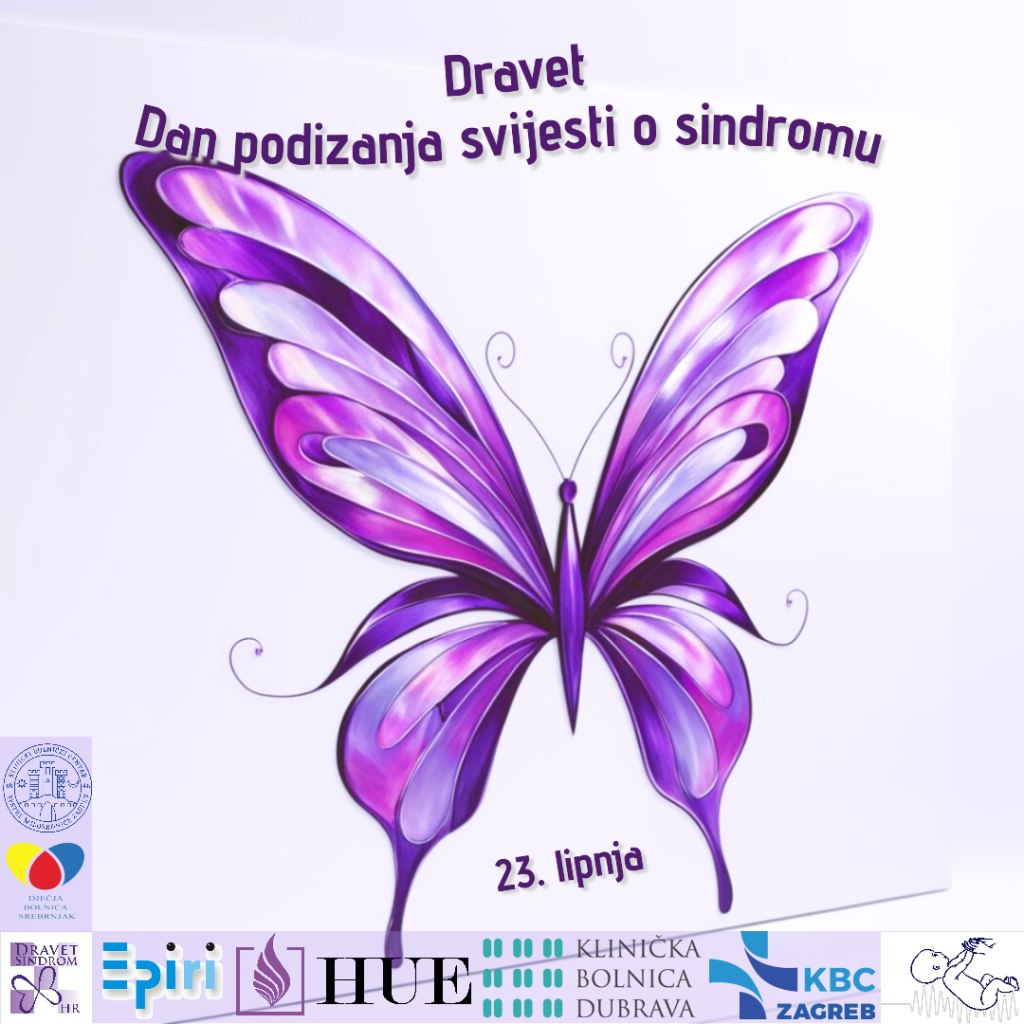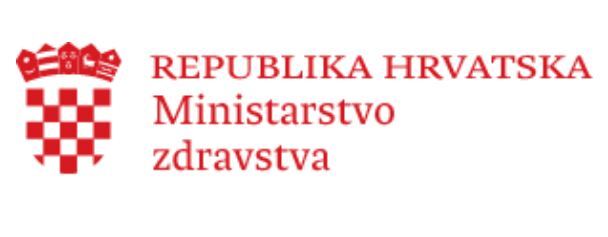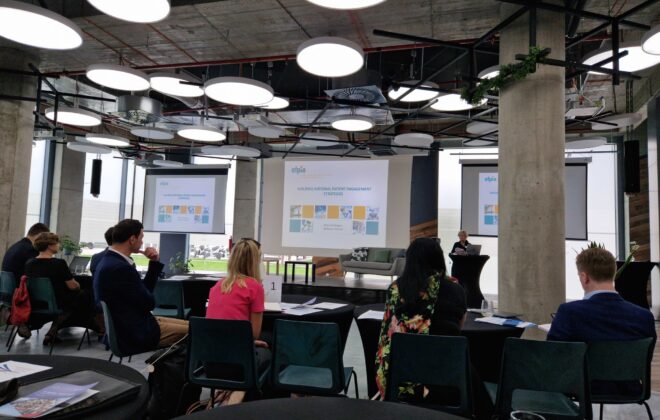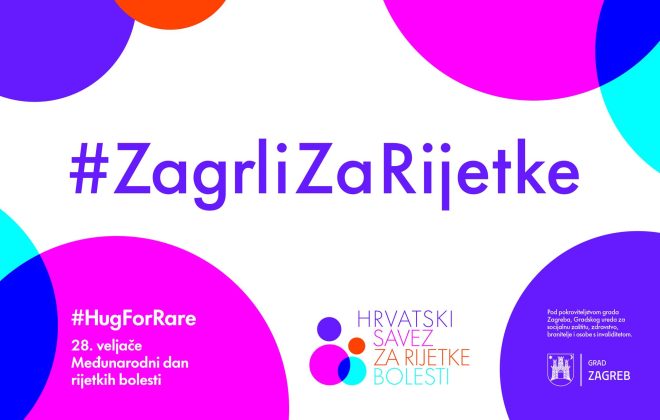International Dravet Syndrome Awareness Day
International Dravet Syndrome Awareness Day is observed every year on June 23, with the goal of raising awareness about this rare and severe form of epilepsy, as well as providing support to those affected and their families.

Dravet Syndrome (DS), also known as Severe Myoclonic Epilepsy of Infancy (SMEI), is a rare and severe form of genetically induced epilepsy that typically appears within the first year of life (most commonly between five and eight months of age) in previously healthy children. It is initially characterized by prolonged febrile seizures—seizures accompanied by fever—and later by the development of various types of epileptic seizures, neurological deterioration, and developmental delays. The estimated prevalence is around 1 in 15,000 to 40,000 children.
The main cause of DS is considered to be a mutation in the SCN1A gene, which encodes a subunit of sodium voltage-gated channels essential for signal transmission in neurons. This mutation leads to increased excitability of nerve cells, which then triggers seizures. Most mutations are de novo, meaning they occur for the first time in the affected child and are not inherited from the parents.
The first symptoms typically appear in infancy as prolonged febrile seizures, which may be unilateral or bilateral and generalized. As the child grows, other types of seizures may develop, including myoclonic, tonic-clonic, atonic, and absence seizures. Over time, neurodevelopmental impairments become evident—unstable walking, delayed speech and fine motor skills development, and behavioral disorders such as attention deficit, hyperactivity, autism spectrum traits, and difficulties in social interaction.
Diagnosis is based on clinical presentation, EEG findings, and genetic testing confirming an SCN1A mutation. Early EEG results may be normal, with changes appearing later. A negative genetic test does not rule out the diagnosis.
Treatment is complex and long-term, primarily symptomatic, with seizure control as the main goal. Commonly used antiepileptic drugs include valproate, topiramate, and stiripentol. Certain medications, such as carbamazepine or lamotrigine, are not recommended as they can worsen the condition. Newer treatments like fenfluramine and cannabidiol (CBD) have shown effectiveness in reducing seizure frequency. In addition to medication, physical therapy, occupational therapy, speech therapy, and parental education are vital. While seizures typically persist throughout life, their frequency can be reduced with improved quality of life and increased daily activity. Avoiding triggering factors—such as sudden changes in body temperature and exposure to rhythmic flashing lights or visual patterns—can also help with seizure control.

The Dravet Syndrome Association of Croatia was founded on November 4, 2014, in Split, with the mission to raise awareness and improve the quality of life for individuals affected by Dravet syndrome and other rare and severe forms of epilepsy. Through parent and physician education, the promotion of research, improvement of healthcare and social services, and the protection of human rights, the association operates throughout Croatia. It regularly organizes symposiums, webinars, and workshops and is open to all individuals affected by rare epileptic and genetic syndromes.
Association of Parents and Children with Dravet Syndrome Croatia
Svetog Križa 23, 21000 Split
Tel: 021 607 120
Mob: 095 908 04 28
Email: info@dravet-sindrom-hrvatska.hr
Web: https://dravet-sindrom-hrvatska.hr/

By raising awareness, promoting understanding, and providing support, we are building a path together toward a better quality of life for everyone living with Dravet syndrome.

This content was developed with the financial support of the Ministry of Health. The content of this document is the sole responsibility of the Croatian Alliance for Rare Diseases and can under no circumstances be regarded as reflecting the views of the Ministry of Health.



